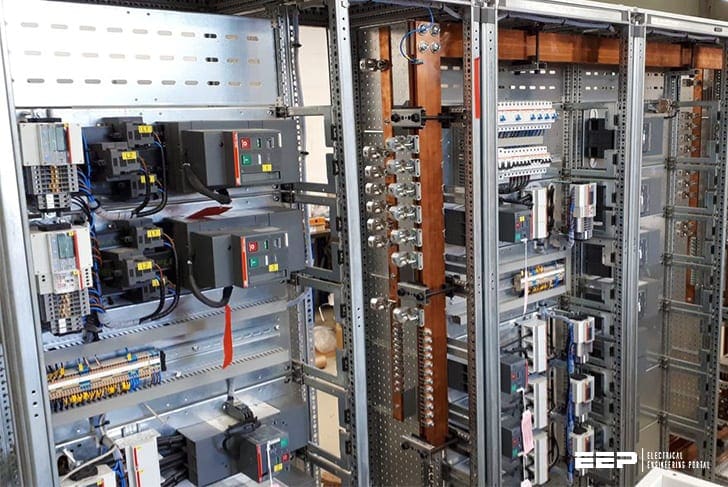Practical guidelines to electrical installation design of residential buildings eep can you run plumbing electrics through the same hole 2022 wiring cost wire or rewire a house per square foot how much does it budgeting guide bob vila brief history basic for types sizes and fire alarms all about conduit 101 basics bo grounding greenwayelectricnj electrician 6 your penna electric an circuit breaker panel home homeowners new construction luminous llc homeowner cable family handyman diffe choose one explained happy hiller benefits audio during eav inc learn low voltage lighting systems inspection repair what know codes safely power better homes gardens philadelphia pa ep that should image photo free trial bigstock wdc facebook install rough in diy jhalwar building mumbai id 4398464512 need best practices bx vs nm list materials lceted institute civil engineers system archtoolbox

Practical Guidelines To Electrical Installation Design Of Residential Buildings Eep

Can You Run Plumbing Electrics Through The Same Hole

2022 Electrical Wiring Cost To Wire Or Rewire A House

2022 Cost To Wire Or Rewire A House Electrical Per Square Foot

How Much Does It Cost To Rewire A House Budgeting Guide Bob Vila
/components-needed-to-install-an-electrical-socket-yourself--93272416-82cf86aebe23497cbe1a6edaf68c08d7.jpg?strip=all)
A Brief History Of Residential Electrical Wiring

2022 Cost To Wire Or Rewire A House Electrical Per Square Foot

Basic Electrical For Wiring House Wire Types Sizes And Fire Alarms
:max_bytes(150000):strip_icc()/electrical-wiring-1152909_01_wiresize_-af51a3a5387541efa274718ef9b2cbce.jpg?strip=all)
All About Electrical Wiring Types Sizes Installation
/Electricalwireconduit-GettyImages-122780919-49a7593406224abca93d98e19dd431dc.jpg?strip=all)
Electrical Conduit 101 Basics Bo And Grounding

Electrical Wiring Greenwayelectricnj

2022 Electrical Wiring Cost To Wire Or Rewire A House

Residential Electrician

6 Types Of Electrical Wiring For Your House Penna Electric
:max_bytes(150000):strip_icc()/how-to-wire-an-electrical-panel-1152762-01-28187327274a450380bf83d196d537ae.jpg?strip=all)
How To Wire An Electrical Circuit Breaker Panel

Home Wiring 101 Basic Electrical For Homeowners

Wiring New Construction Luminous Electric Llc
Practical guidelines to electrical installation design of residential buildings eep can you run plumbing electrics through the same hole 2022 wiring cost wire or rewire a house per square foot how much does it budgeting guide bob vila brief history basic for types sizes and fire alarms all about conduit 101 basics bo grounding greenwayelectricnj electrician 6 your penna electric an circuit breaker panel home homeowners new construction luminous llc homeowner cable family handyman diffe choose one explained happy hiller benefits audio during eav inc learn low voltage lighting systems inspection repair what know codes safely power better homes gardens philadelphia pa ep that should image photo free trial bigstock wdc facebook install rough in diy jhalwar building mumbai id 4398464512 need best practices bx vs nm list materials lceted institute civil engineers system archtoolbox